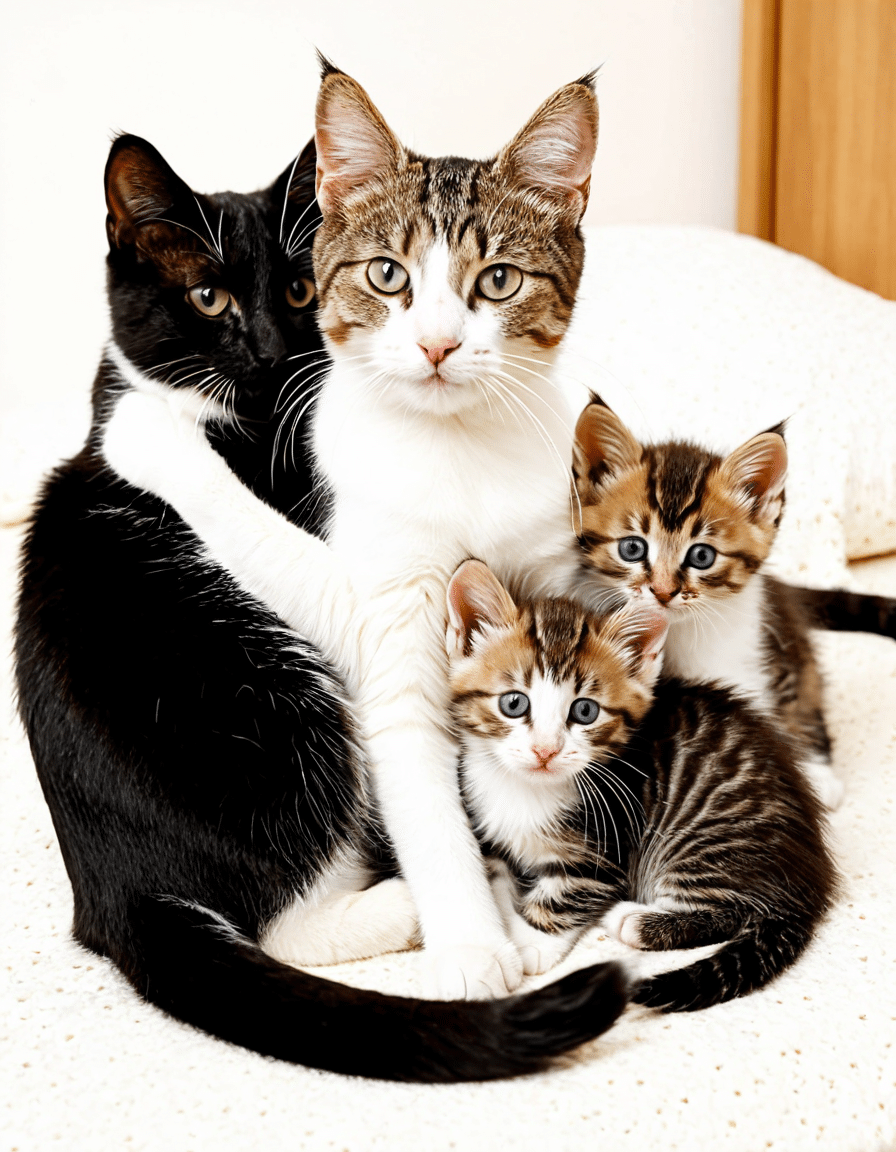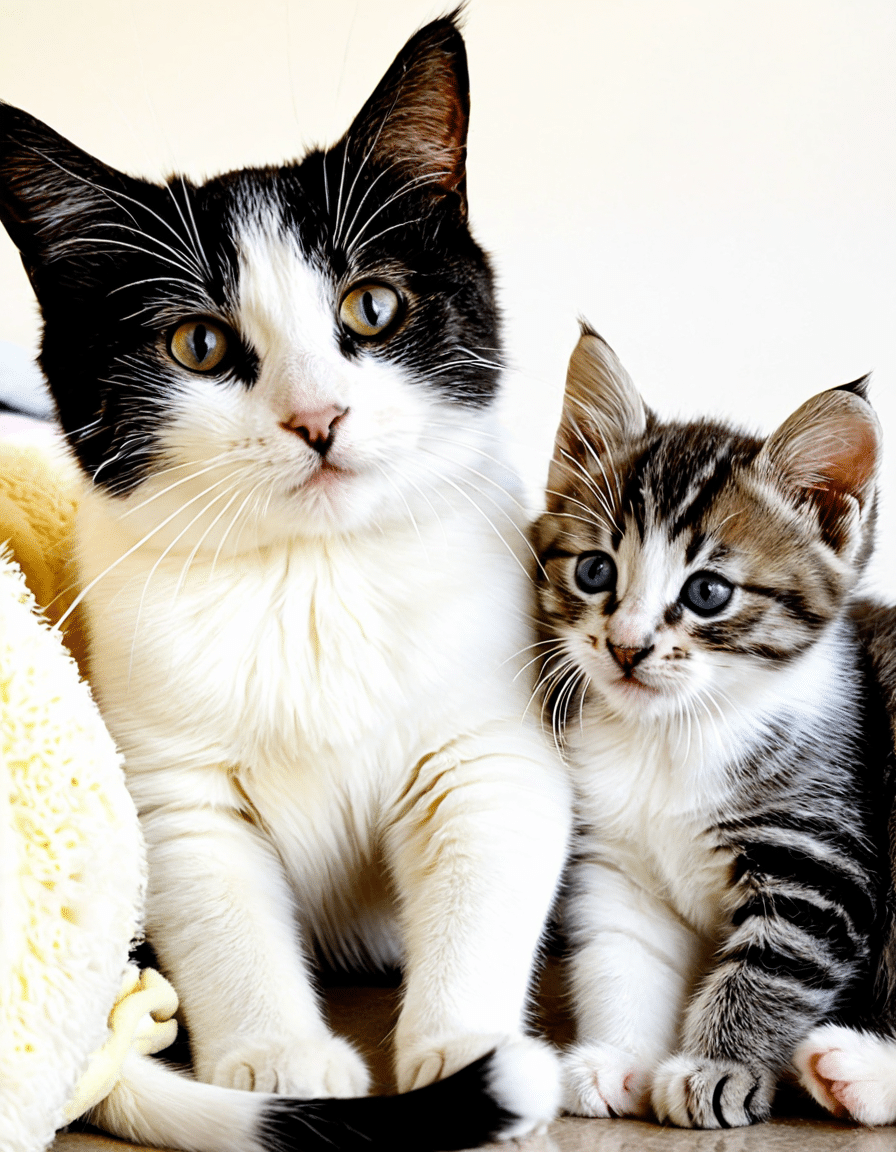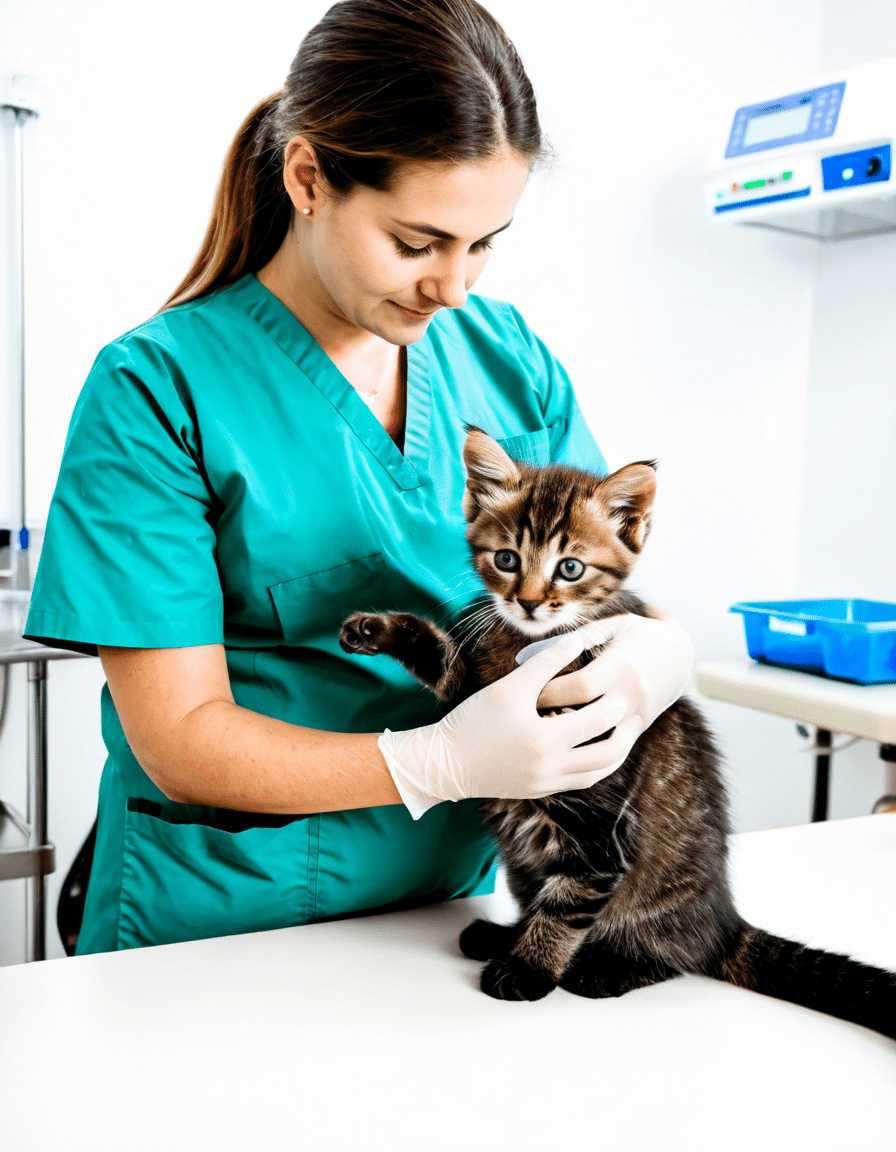When pondering how soon after birthing can a cat be spayed, many pet owners experience a whirlwind of questions and emotions. The stakes are high—your cat’s health and the wellbeing of her kittens depend on making the right choice. Understanding the essential timing for spaying, alongside the nuances of feline gestation, ensures both the mother and her little furballs thrive in those critical post-pregnancy weeks. This article breaks down everything you need to know to make an informed decision, from health considerations to optimal spaying timelines.

## How Soon After Birthing Can a Cat Be Spayed Safely?
1. Timing of the Spay Surgery
Most veterinarians advocate for waiting at least 8 weeks after a cat has given birth before scheduling a spay procedure. Why? This allows the mother cat’s body to recuperate from the rigors of labor and ensures that she isn’t nursing her kittens extensively. Rushing into surgery could compromise her health and the nurturing she can provide her young.
2. Health Assessments Post-Birth
Before making any decisions, it’s vital to conduct a veterinary health assessment. Cats can experience complications from childbirth, like infections or retained placentas. A thorough checkup ensures your cat has fully healed, setting the stage for a safe spaying procedure. You wouldn’t send a soldier into battle without checking their gear—similar principles apply here!
3. Nursing Considerations
If the mother is still nursing her kittens, it’s wise to hold off on the spay until the little ones are weaned—typically around 4 to 6 weeks after birth. Why? Spaying during the nursing phase can disrupt her milk supply and could jeopardize the health of the kittens. Feeding weaned kittens is crucial for their early development and growth.
4. Behavioral Changes in the Mother Cat
After birthing, mother cats undergo significant hormonal shifts. Spaying too soon can cause behavioral issues or stress. Keep an eye on her mood and demeanor. Some experts recommend waiting for noticeable changes in her temperament before settling on a surgery date. A stressed mama cat isn’t one you want to deal with during recovery!
5. Future Litters and Population Control
If your cat wasn’t intended for breeding, arranging a spay as soon as she has safely recovered from her birthing ordeal supports responsible pet ownership and population control. Not to mention, spaying offers long-term health benefits like reducing the risks of breast cancer and uterine infections later on.

How Long is Cat Gestation? Understanding the Timeline
Feline gestation lasts about 63 to 65 days, though it can vary from 58 to 70 days depending on factors such as breed and litter size. Knowing the timeline is essential for understanding the needs of both the mother cat and her newborns. By grasping how long a cat’s gestation lasts, pet owners can better prepare for whelping and ensure they’re ready for the demands that come with the arrival of the kittens.
Knowing When to Spay: A Timeline Breakdown
Immediately after giving birth, the mother cat is in a delicate phase of recovery. Spaying isn’t advised during these weeks as her body needs time to heal.
This is the time when kittens begin adjusting to solid food. Wait until they are entirely weaned for a smoother spaying experience.
The golden opportunity for spaying typically occurs around 8 weeks post-birth. During this time, the mother cat stabilizes, and healthy kittens have been weaned successfully.
The Benefits of Spaying
Spaying offers several health benefits, like lowering the risks of ovarian and uterine cancers. It also mitigates some aggravating behavioral issues tied to heat cycles. Furthermore, spaying plays a pivotal role in population control, preventing unwanted litters and lessening the burden on animal shelters. Responsible pet ownership begins with making informed choices, and spaying is a key aspect of that.
Final Thoughts on Spaying After Birthing
Deciding when to spay a mother cat after birthing necessitates a careful look at her health and context. Consider seeking out veterinary advice while remaining conscious of the cat’s recovery timeline. By allowing adequate recovery time and being mindful of the cats’ needs, you foster a thriving post-pregnancy period for both the mother cat and her kittens. Staying informed and proactive about these matters is essential for responsible pet ownership.
If you’re curious about other pet care topics like Is it okay To give My adult dog puppy pate? or exploring generic pet health guides, be sure to check out our articles! At Pets Dig, we’re dedicated to bringing you the latest expert advice and news in the pet care world. Whether it’s about feline nutrition or behavioral tips, you’ll find plenty of insightful resources at your fingertips!
how soon after birthing can a cat be spade?
When you bring a new litter of kittens into the world, you might wonder how soon after birthing can a cat be spade. Typically, most veterinarians recommend waiting until the mother cat’s body has fully recovered. This period can range from as short as eight weeks to as long as several months, depending on her health and circumstances. You know how when you’re anxious, it can feel like forever? That’s often how a mother cat feels after giving birth, needing time to recuperate from the strain of motherhood.
Interestingly, the recovery period isn’t just a simple reset. Just like how the talented director of Father Of The Bride showcased the ups and downs of family life, a mother cat experiences a rollercoaster of feeding, grooming, and caring for her kittens. The stress of birthing and the demands of nursing can take quite a toll. Speaking of stress, you might remember that time when someone accidentally double dosed their cat with Prozac — proof that our furry friends need special care, particularly during this delicate period.
After around eight weeks, if the mother cat is in good health, you can start considering spaying her. However, patience is essential. You wouldn’t rush a fine meal, right? The same goes for your cat. Treat her with the care she needs post-birth, ensuring she’s fit before making that appointment. And let’s not forget that before spaying, it could be wise to check on her nutritional needs, similar to how you’d consider What To feed a young bird. Cats can have specific dietary requirements during this time, especially when nursing.
If you’re ever in doubt, consult your veterinarian, who can offer advice tailored to your cat’s needs. Just like the broader pet industry offers insights ranging from stylish Persian And Siamese cat breeds to the latest pet healthcare tips, your vet can guide you on the best timeline for spaying after birthing. Remember, a knowledgeable approach ensures a healthy kitty and her furry future!



